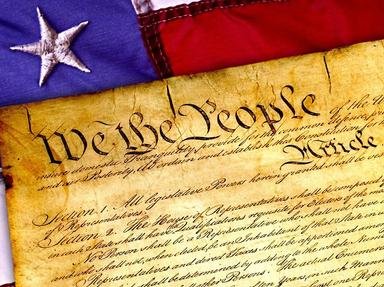
Timeline of American Revolutionary War Battles Quiz
The American Revolutionary War began in 1775 and ended in 1783. Many engagements, from raids and minor skirmishes, were fought during the conflict. Can you place these major battles of the war in the correct order?
An ordering quiz
by Reamar42.
Estimated time: 3 mins.